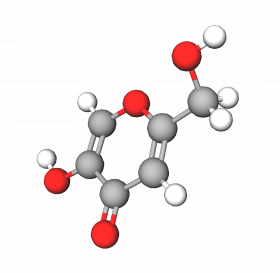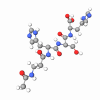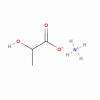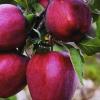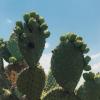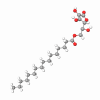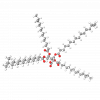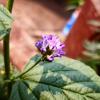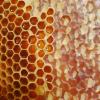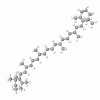Kojic acid is a hydroxy acid with the chemical name 5-hydroxy-2-hydroxymethyl-4-pyrone. It is produced by several species of fungi, especially Aspergillus oryzae, which Japanese common name is "koji". It is a by-product in the rice malting fermentation process of sake (Japanese rice wine) production. Fungi dehydratase enzymes convert the glucose from the rice starch to kojic acid. In a parallel process, pentoses are converted to dihydroxyacetone, then into kojic acid.
Thanks to its chelating properties kojic acid is a mild inhibitor of the formation of iron-containing pigments in plants and animal tissues, so it is used in food and cosmetics industries for preservation or changing the color of the final product.
Kojic acid is used in personal care products as a skin lightener, whitening, or depigmenting agent. It is added to the products to lighten freckles, fight against discolorations, and other dark spots on the skin. Applied to the skin, it leaves a triple effect, reducing melanin production, chelating some colored substances, and exfoliating already pigmented keratinocytes from the skin surface.
It is used in many skincare products, including cleansers, lotions, masks, and creams. Kojic acid is also helpful in skin conditions with discolorations such as melasma that turns the skin brown. Some customers use this method to remove freckles, sunspots, and other unsightly pigmentations. Some manufacturers even include kojic acid in toothpaste for tooth whitening effects.